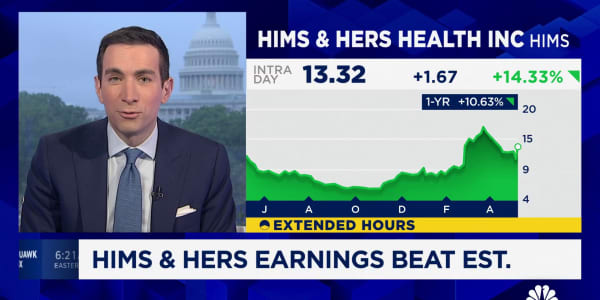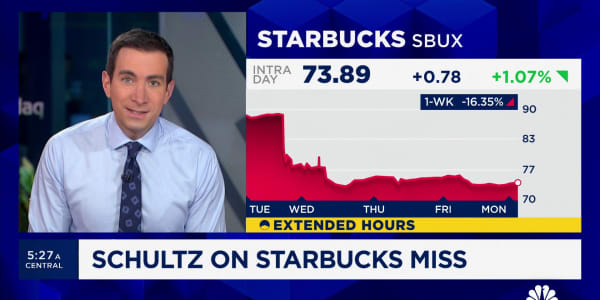Recapping the day's news and newsmakers through the lens of CNBC.
Taper worries now seem overblown
Notes:
This was a terrific year for stock market investors and anyone who worries about inflation, but it hasn't been so kind to those who need a growing economy to boost sales or create a job. So how are things shaping up for 2014? The signs point to steady growth, according to some top economists.
Personal spending and consumption, which picked up nicely in October and November, could do even better in December, and then gather steam as the labor market improves next year. Worries that Fed tapering would undermine stocks now seem to be unfounded, and the wealth effect from stock gains could help drive the economy. Not many are projecting stupendous growth next year, but a GDP gain of 2.6 to 3 percent looks quite possible.
Quotes:
"You're already starting to see GDP growth. You're already starting to see better data, and it's all because of the labor market. When the labor market starts to pick up we're going to start to see better consumer data."— UBS' U.S. economist Kevin Cummings
"We still have some pent up demand there among consumers for housing and automobiles. That still has to be exhausted. I think we'll do better on that front."— Moody's Capital Market's Chief Economist John Lonski
Durable goods smash expectations
Notes:
Adding to that sense of optimism, November's durable goods orders blew through expectations. The orders for long-lasting items—everything from toasters to aircraft—jumped 3.5 percent, trouncing the consensus projection for 2 percent and erasing October's disappointing 0.7 percent drop.
Especially impressive was the 4.5 percent surge in non-defense capital goods orders excluding aircraft. That's a widely watched gauge of business spending plans. Economists had projected a meager gain of 0.7 percent, following a 0.7 percent decline in October.
Housing: mixed messages keep on comin’
Notes:
One thing we'll all be looking for in the New Year will be a clearer direction in the housing market, which ends this year sending mixed signals—improving, but haltingly.
Contracts signed by buyers ordering new homes had surged by 25 percent between September and October, but fell slightly in November. The new-home market faces some headwinds: lenders remain tight-fisted and first-time buyers have yet to return to the market in significant numbers.
On the other hand, the signed-contracts figures are notoriously volatile and have a large margin for error, so it's hard to use them to see what's going on in new housing. Sales of new homes are at an annual pace of 464,000, the highest in five years but still very low by historical standards.
Mortgage applications hit a 13-year low last year, mainly because rising mortgage rates are erasing the benefits of refinancing.
Quotes:
"However you parse the ever-volatile numbers, the question is whether pent-up demand will trump higher mortgage rates and tighter lending in 2014. Investors could also be the wild card, as supplies of distressed homes dwindle and new homes present yet another bet on the rental trade."—CNBC's Diana Olick
Time to move to.... Oklahoma?
Notes:
Oklahoma's a nice state, though no one would move there just because gasoline prices are low. But seeing why those prices are the lowest prices in the nation offers some insight into the forces that drive this market. Oklahoma gas prices average $2.84 a gallon. After hitting a low of $3.20 last month, the national average has been rising.
Oklahomans benefit from being close to crude oil sources and refineries, while residents of many other states have one or the other, or neither. Also, Oklahoma's crude is of a generally less expensive type than that used elsewhere. Finally, the state charges a gas tax of only 17 cents a gallon, less than half the national average.
—By Jeff Brown, Special to CNBC.com




